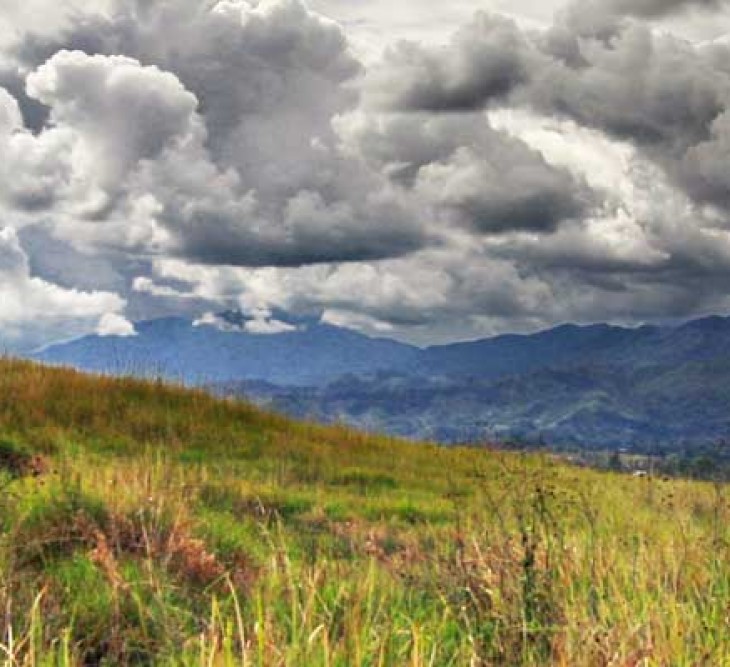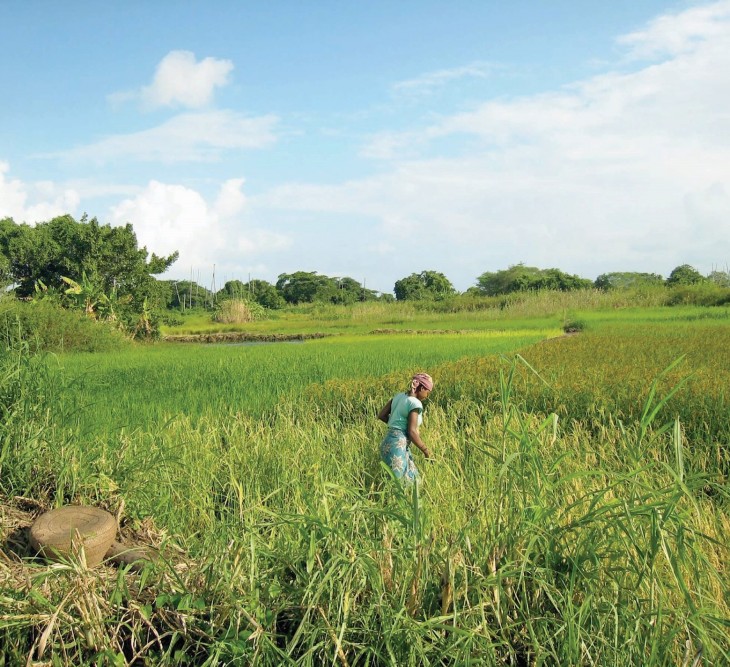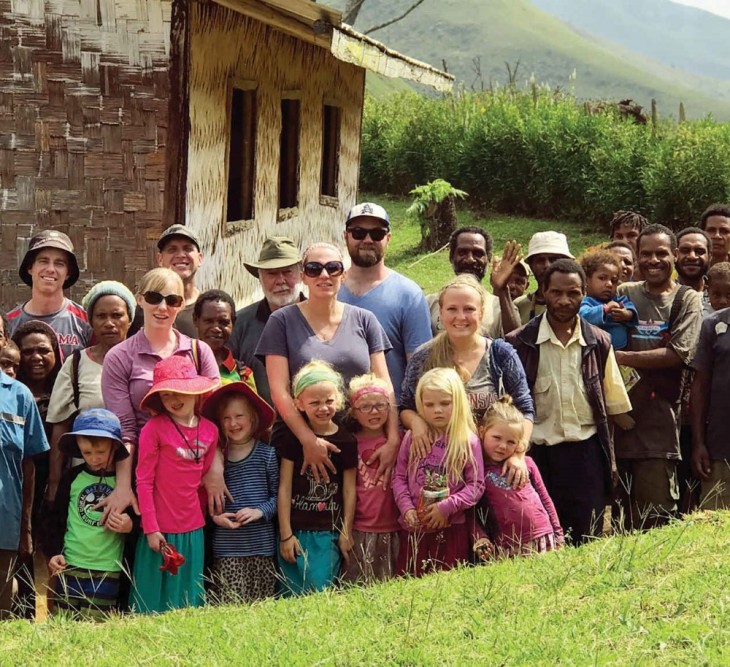Engaging on the Edge of the Church
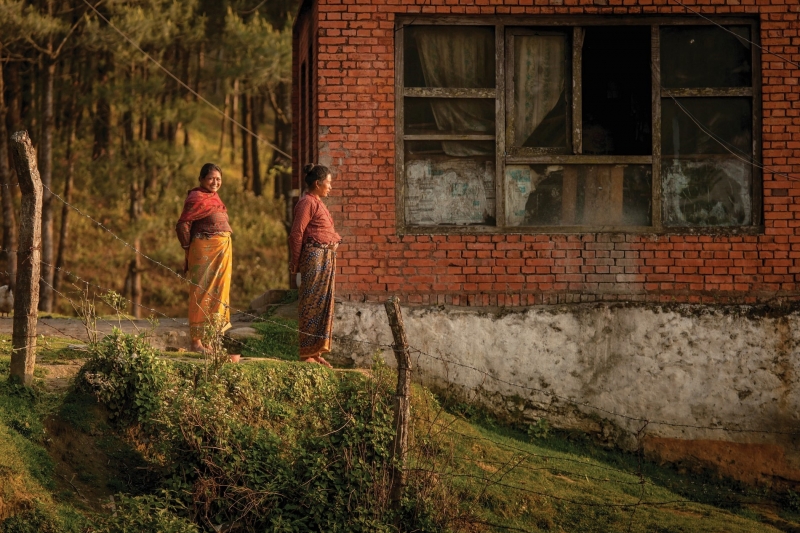
"But that's not how we've done it before"
Those words have echoed down the halls of academia, through church vestibules and around mission conference tables. How often we find comfort, it seems, in the well-worn path of tradition!
But the world has always been changing, whether we acknowledge it or not. The framework of society is changing as technology slowly but steadily encroaches on societies throughout the world. We cannot continue to do “business as usual” anymore.
There is one thing that stays the same, though, and that is God’s story from eternity past to eternity future. That is not in flux. His plan has not changed. He is immutable. He still wants people from every tribe, tongue, people and nation to find Him as their Savior.
The Goal
It has always been the aim of Ethnos360 to engage as part of the Church. The founders wanted to have Ethnos360 be the sending agency for the Church to use to send missionaries on their way.
Step back into Ethnos360’s history, back to when it began in 1942 as New Tribes Mission. It was always known as a pioneer-style mission. We would go where no one else would go. The motto could be expressed as “We go to tribal people way out in the jungles where none have gone before. We go to the unreached.” There was no place too remote, no circumstance too difficult. And we were sure that the work could be completed in that generation.
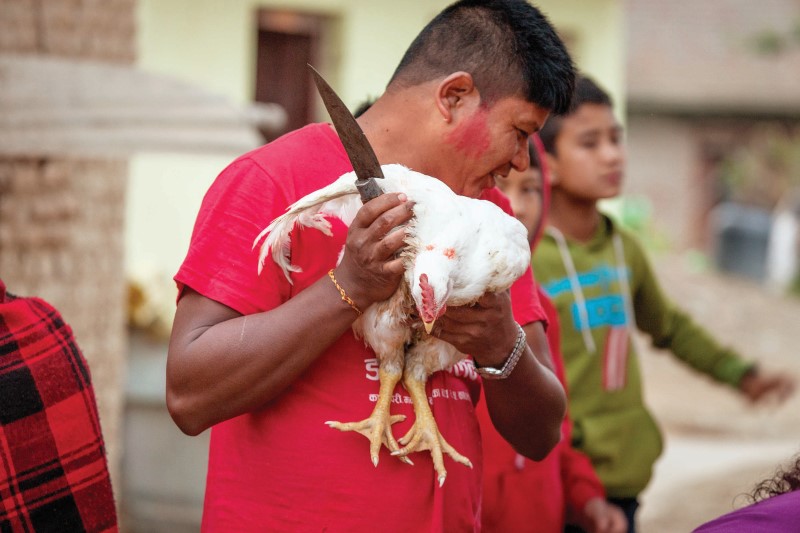
Come back to the present — has anything changed? Do we still do things the same way? Are we perceived the same way? It has been 75 years — and the job isn’t finished. We still go to hard places, there are still remote regions to enter, but the world around us is changing — and changing rapidly. Ethnos360 is still on the cutting edge of missions, but we are beginning to look at the edge differently.
Who Are the Unreached?

What does unreached really mean? According to Danny Germann, a mission leader who has ministered on three different continents, the term unreached has been defined by Ethnos360 as a people group in which there is no maturing church present. There is almost no place on earth anymore where there hasn’t been at least a brush with some religious group or organization. Very few people groups are completely untouched by some form of modern civilization, but we need to distinguish between cell phones and maturing churches.
Then again, we need to recognize that the unreached are not found only in the deep, dark jungles or barren, windswept deserts or rugged, practically impenetrable mountain slopes. Many of them are in places deemed “dangerous” or “hostile.” Mission strategists have stated that, as a result of a rapidly changing political, economic and social world, often the larger population of an unreached people group is found in the densely populated areas instead of rural or even jungle villages.
To Parachute or Not to Parachute
See Case Study #1: Serving Together with the African Church
One of the practices of Ethnos360 in the early years was for missionaries simply to “parachute” into their ministry location with their only lifeline being one to the mission head offices in the capital city or other large city close by. We need to remember that in many of the places where Ethnos360 went, there was no evangelical local church with whom the missionary could associate.
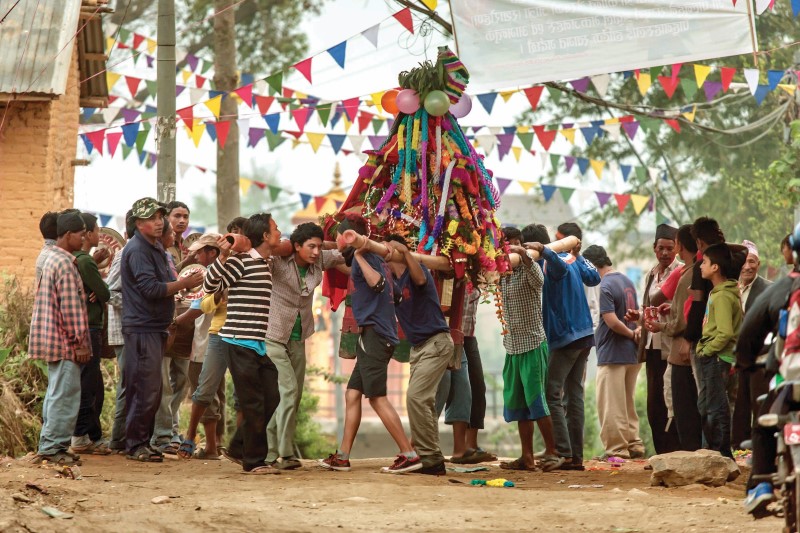
And then the world changed again, and we had to do a reality check. Where was the church already? Where was the edge of the Church? Who were our brothers and sisters in Christ already at the edge of the Church and what was God already doing there? It’s time for another reality check. We need to find out where the Church is already. We need to go to the edge of where the Church is and isn’t, turn to our brothers and sisters who are already there, and find out what God is doing. The edge is defined not by what I’m doing, but rather by what God is doing. As Danny so aptly put it, “I’m not the first thing God ever did here!”
See Case Study #2: Quelimane, Mozambique
When we recognize where the Church is and where it isn’t, then we can go forward, engaging with the Church and working with it to go to the unreached. How far has the Church gone? What is it doing to reach beyond its comfort zone? What is beyond the edge? How can we engage with the Church to go beyond the edge with them? And one other thing: We need to realize that God is not limited to a team put together by Ethnos360 to reach beyond the edge.
Therefore, as we move forward, it is not in an attempt to leapfrog over the Church to reach a goal. There is no longer a checklist to mark off as we “reach new tribes.” It is our responsibility to go to the edge, see what God is already doing with and through His Church, and join His work to move the edge out farther.
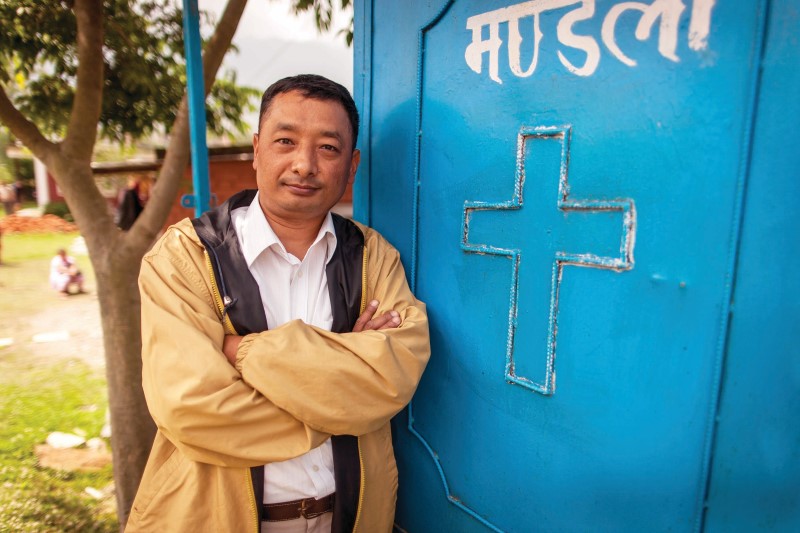
There is nothing that compares to watching God expand His Church to every tribe, tongue, people and nation. Ethnos360 gets to participate in pushing to the ends of the earth, an exciting and challenging position on the edge. On the edge:
- we see Christ’s life lived out through the Body, His Church.
- we see the lives of those once held by the chains of death being freed by the new life found in Christ.
- we actually can watch the edge move out the moment that first person comes to know Christ.
- we see God carrying out His purpose of building His Church.
Multiplication not Addition
Ethnos360 is moving into impossible areas, but we serve the God of possibilities. It is no longer dependent on a “we can do this” attitude. We are realizing that this job of world evangelization is not by addition but by multiplication — with or without Ethnos360.
This expansion by multiplication will still require a pioneer spirit in us to go to the hardest places. And where will we go? Most definitely we will continue going to remote, isolated people groups. But we will also go to refugee camps and to nomads, to “closed” countries and even to unfriendly or dangerous places.
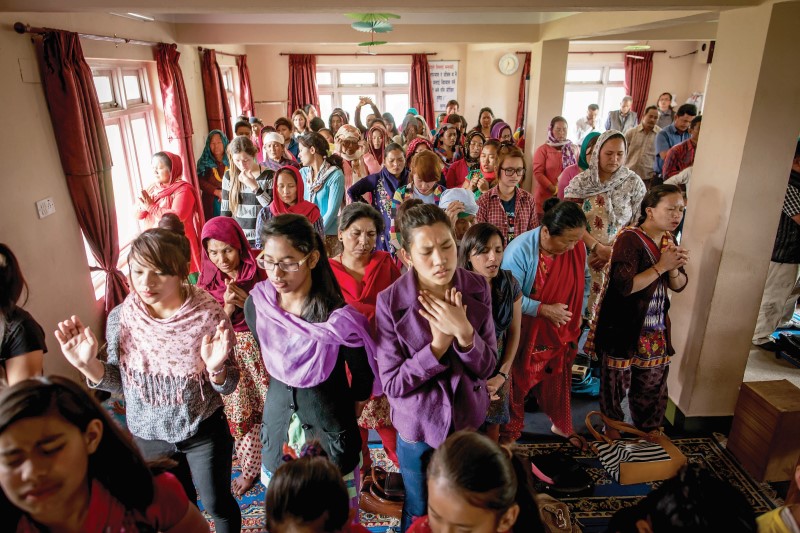
See Case Study #3: Missions Is the Church
It will require an unwavering faith as we depend on God alone. We must have a unity of heart and spirit that will speak to the dominant world religions that we are Christ’s disciples. And even more sobering is the fact that it will require a wholehearted submission of our rights to embrace the privilege of following Christ.
And So We Go …
We are part of God’s metanarrative, a part of His story from eternity to eternity — a genealogy of faith that stretches over 2,000 years of disciples making disciples. And we want this multiplication of disciples making disciples to continue. But we can’t do it alone. It must be done hand in hand with the Church that is at the edge, going with the message of Christ and pushing the edge farther out.
And then we go to that edge ...


